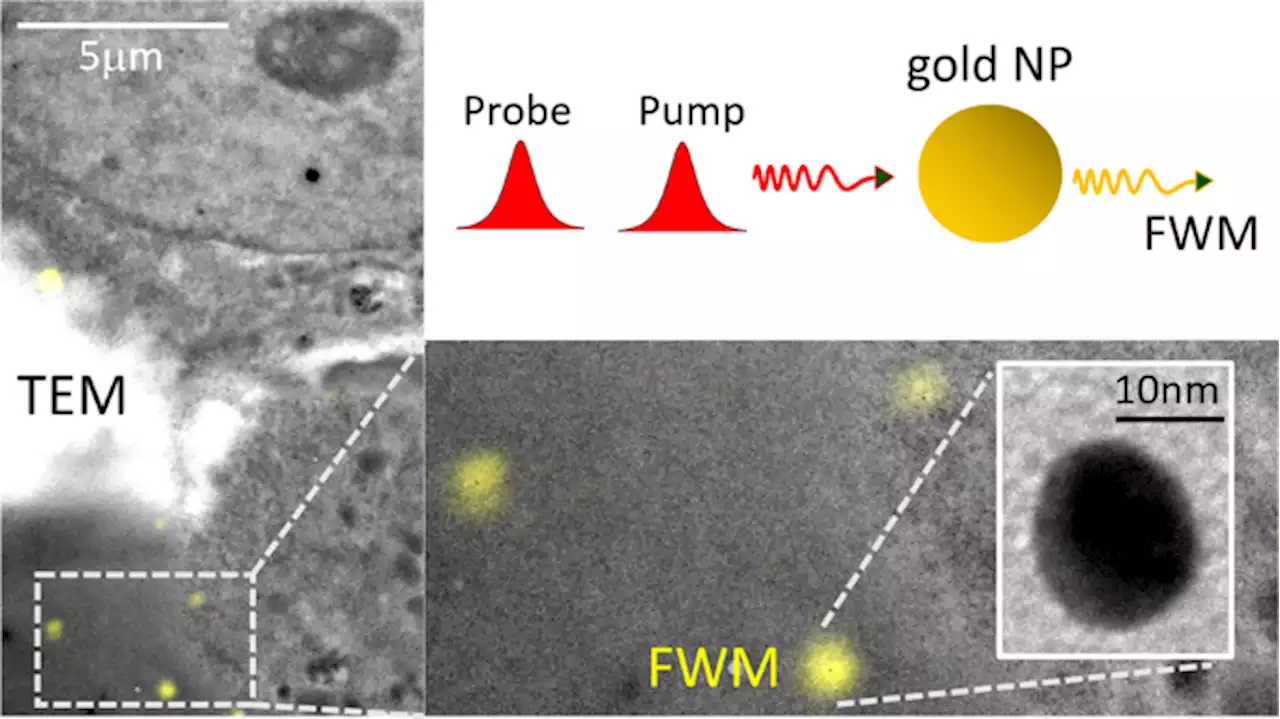The results of influential studies are being used to monitor the world’s banking system amid continuing concerns over bank failures
“The penny dropped during the crisis,” says Haldane. It took that event, he says, to open financial regulators’ minds to the idea that the risk of an individual bank failing should really be reflected through the damage it might do to the system; and that depends on how deeply the bank is connected to other parts of the financial system.
Haldane’s latest comments follow a number of notable banking failures over the past month, which has renewed fears over financial instability., based in Santa Clara, California, which mostly lent money to technology start-up companies, saw depositors withdraw US$42 billion. The California state regulator closed the bank and its UK arm was subsequently absorbed by multinational bank HSBC for £1 . Two days later, New-York-based Signature Bank also closed.
According to Stefano Battiston, who studies systemic risks in financial networks at the University of Zurich, Switzerland, the roots of SVB’s failure are rapid interest-rate increases that are being seen globally. For several decades, rates have been low and many banks have put money into seemingly safe interest-bearing bonds. But as interest rates have rocketed, these bonds have rapidly lost value.
On 8 March, SVB announced that it needed to raise $2.25 billion to cover such asset shortfalls. Sensing trouble, the bank’s customers rushed to withdraw their deposits, creating a run on the bank. Its stock price crashed and 48 hours later, it was closed by regulators, the fastest bank closure in US banking history. Although SVB was an outlier, other banks are at risk, Battiston says, especially those that are more connected to other banks.
by Stephan Bales and Hans-Peter Burghof, who both study banking at the University of Hohenheim, Germany. The researchers looked at tweets and Google search data during the days when SVB called out for more capital, until its eventual closure. They found that the most intense period of Twitter activity corresponded with the bank’s collapsing stock price on 9 March.
Australia Latest News, Australia Headlines
Similar News:You can also read news stories similar to this one that we have collected from other news sources.
 Correlative light-electron microscopy using small gold nanoparticles as single probes - Light: Science & ApplicationsCorrelative light electron microscopy using individual gold nanoparticles in human cells as single probes directly visible in light microscopy by four-wave mixing imaging with high localisation precision.
Correlative light-electron microscopy using small gold nanoparticles as single probes - Light: Science & ApplicationsCorrelative light electron microscopy using individual gold nanoparticles in human cells as single probes directly visible in light microscopy by four-wave mixing imaging with high localisation precision.
Read more »
 50 years ago, a balloon circumnavigated the world for scienceA 1973 high-altitude flight kicked off an era of useful stratospheric balloon science. Some scientists worry that heightened concerns over alleged spy balloons might hamper that.
50 years ago, a balloon circumnavigated the world for scienceA 1973 high-altitude flight kicked off an era of useful stratospheric balloon science. Some scientists worry that heightened concerns over alleged spy balloons might hamper that.
Read more »
 The surprising science behind long-distance bird migrationA team of scientists led by researchers at the University of Massachusetts Amherst has recently made a surprising discovery, with the help of a wind tunnel and a flock of birds. Songbirds, many of which make twice-yearly, non-stop flights of more than 1,000 miles to get from breeding range to wintering range, fuel themselves by burning lots of fat and a surprising amount of the protein making up lean body mass, including muscle, early in the flight.
The surprising science behind long-distance bird migrationA team of scientists led by researchers at the University of Massachusetts Amherst has recently made a surprising discovery, with the help of a wind tunnel and a flock of birds. Songbirds, many of which make twice-yearly, non-stop flights of more than 1,000 miles to get from breeding range to wintering range, fuel themselves by burning lots of fat and a surprising amount of the protein making up lean body mass, including muscle, early in the flight.
Read more »
 AI science search engines are exploding in number — are they any good?Several search tools claim to help researchers do science – but are they useful?
AI science search engines are exploding in number — are they any good?Several search tools claim to help researchers do science – but are they useful?
Read more »
 Science opportunities with solar sailing smallsatsRecently, we witnessed how the synergy of small satellite technology and solar sailing propulsion enables new missions. Together, small satellites with lightweight instruments and solar sails offer affordable access to deep regions of the solar system, also making it possible to realize hard-to-reach trajectories that are not constrained to the ecliptic plane. Combining these two technologies can drastically reduce travel times within the solar system, while delivering robust science. With solar sailing propulsion capable of reaching the velocities of ~5-10 AU/yr, missions using a rideshare launch may reach the Jovian system in two years, Saturn in three. The same technologies could allow reaching solar polar orbits in less than two years. Fast, cost-effective, and maneuverable sailcraft that may travel outside the ecliptic plane open new opportunities for affordable solar system exploration, with great promise for heliophysics, planetary science, and astrophysics. Such missions could be modularized to reach different destinations with different sets of instruments. Benefiting from this progress, we present the 'Sundiver' concept, offering novel possibilities for the science community. We discuss some of the key technologies, the current design of the Sundiver sailcraft vehicle and innovative instruments, along with unique science opportunities that these technologies enable, especially as this exploration paradigm evolves. We formulate policy recommendations to allow national space agencies, industry, and other stakeholders to establish a strong scientific, programmatic, and commercial focus, enrich and deepen the space enterprise and broaden its advocacy base by including the Sundiver paradigm as a part of broader space exploration efforts.
Science opportunities with solar sailing smallsatsRecently, we witnessed how the synergy of small satellite technology and solar sailing propulsion enables new missions. Together, small satellites with lightweight instruments and solar sails offer affordable access to deep regions of the solar system, also making it possible to realize hard-to-reach trajectories that are not constrained to the ecliptic plane. Combining these two technologies can drastically reduce travel times within the solar system, while delivering robust science. With solar sailing propulsion capable of reaching the velocities of ~5-10 AU/yr, missions using a rideshare launch may reach the Jovian system in two years, Saturn in three. The same technologies could allow reaching solar polar orbits in less than two years. Fast, cost-effective, and maneuverable sailcraft that may travel outside the ecliptic plane open new opportunities for affordable solar system exploration, with great promise for heliophysics, planetary science, and astrophysics. Such missions could be modularized to reach different destinations with different sets of instruments. Benefiting from this progress, we present the 'Sundiver' concept, offering novel possibilities for the science community. We discuss some of the key technologies, the current design of the Sundiver sailcraft vehicle and innovative instruments, along with unique science opportunities that these technologies enable, especially as this exploration paradigm evolves. We formulate policy recommendations to allow national space agencies, industry, and other stakeholders to establish a strong scientific, programmatic, and commercial focus, enrich and deepen the space enterprise and broaden its advocacy base by including the Sundiver paradigm as a part of broader space exploration efforts.
Read more »
 Decentralized science is key to fixing academic researchToday's academic research is defined by locked paywalls and high fees, according to Matteo Manzi. DeSci can lower the barriers to access.
Decentralized science is key to fixing academic researchToday's academic research is defined by locked paywalls and high fees, according to Matteo Manzi. DeSci can lower the barriers to access.
Read more »
